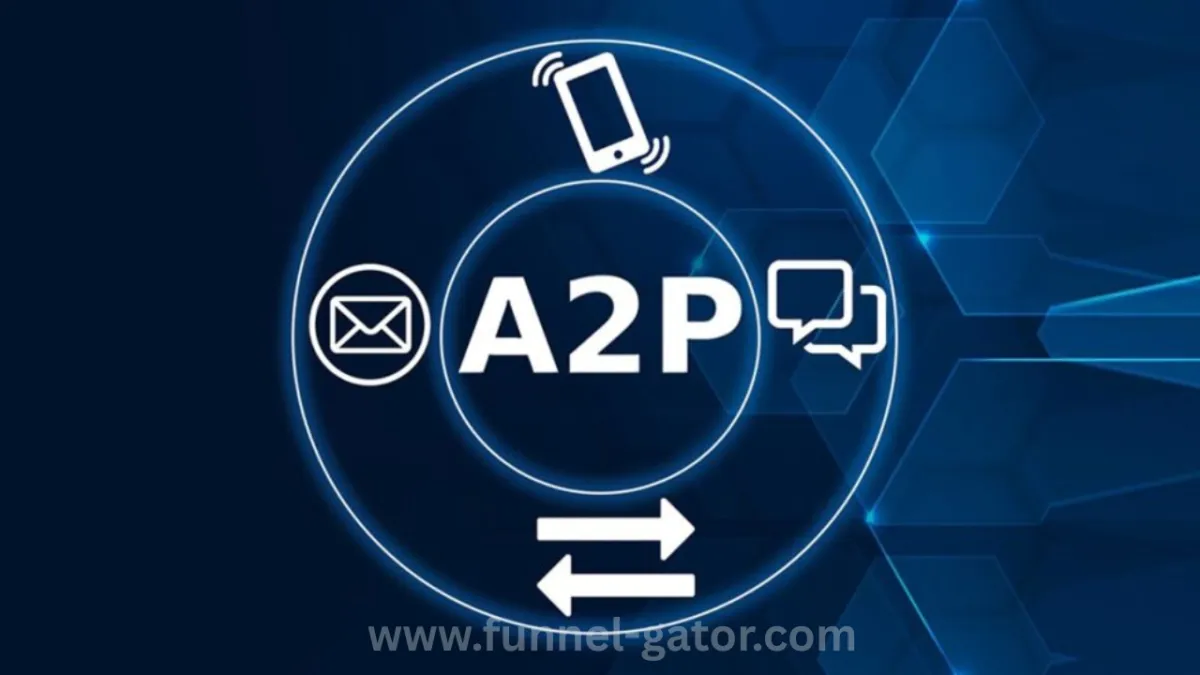
A2P Calling: The Complete Beginner’s Guide to Smarter Business Communication
Imagine this: You’ve just placed an online order, and within seconds, your phone rings with an automated call confirming your purchase. It’s not a person calling—it’s a system. That’s A2P calling in action, and it’s transforming how businesses connect with their customers every single day.
Whether you’re running an e-commerce store, a logistics company, or even a bank, understanding A2P (Application-to-Person) calling can change the way you communicate—making it faster, more reliable, and incredibly efficient.
What is A2P Calling?
A2P calling, short for Application-to-Person calling, is when a software application initiates a voice call to a person. These aren’t calls from humans but automated, real-time voice messages triggered by specific events.
Think of:
Order confirmations
Appointment reminders
Security verifications (like OTPs)
Flight status updates
Emergency alerts
The core idea is to automate voice communication for consistent and scalable customer interaction. It’s used across industries like banking, healthcare, e-commerce, and travel.
👉 Learn more about A2P communication
Why is A2P Calling Important?
Let me tell you a quick story.
Last year, a small clinic in London was struggling with patient no-shows. They started using an A2P calling system that sent automated appointment reminders a day before each appointment. Within two months, their no-show rate dropped by 40%.
That’s the power of A2P voice messaging—reliable, direct, and timely.
Here are some key benefits:
Improved customer engagement: People are more likely to respond to calls than emails.
Real-time updates: No waiting time. The message gets delivered instantly.
Cost-effective: One-time setup and scalable across thousands of users.
Higher trust: Voice messages feel more personal and human.
How Does A2P Calling Work?
Here’s a simple step-by-step guide to understand the flow of A2P calls:
Trigger Event
This could be a customer placing an order or logging into an app.
Application Sends Request
Your CRM or app sends a request to an A2P calling platform.
Voice API Activation
The A2P platform converts your message into a voice call using Voice APIs.
Call is Made to Customer
The message is played when the customer picks up the call.
Optional Actions
Customers can press numbers for options like confirming or rescheduling.
Popular Use Cases of A2P Calling
1. Two-Factor Authentication (2FA)
When users log in from a new device, they get a verification call instead of an SMS.
2. Delivery Updates
Logistics companies use A2P calling to notify customers about the status of their parcels.
3. Appointment Reminders
Healthcare clinics and salons remind clients of appointments, reducing no-shows.
4. Marketing Campaigns
Companies send promotional voice messages for discounts, new offers, or holiday greetings.
5. Surveys and Feedback Collection
Automated voice surveys help gather customer insights quickly and efficiently.
Why Choose A2P Calling Over SMS?
While both are great for communication, A2P voice has some standout advantages:

In many cases, combining A2P SMS and calling gives the best results.
How to Start Using A2P Calling for Your Business
Setting up A2P calling is easier than you think. Here’s how you can get started:
Step 1: Choose a Reliable Provider
Look for platforms like Twilio, Vonage, or Plivo that support voice APIs and scalable solutions.
Step 2: Set Up Voice API
Connect the voice API with your application or CRM system.
Step 3: Create Message Templates
Prepare different messages for different situations—order confirmations, OTPs, reminders, etc.
Step 4: Test & Automate
Run tests and set up triggers to automate calls based on customer actions.
Step 5: Monitor & Optimize
Track call success rates, engagement, and feedback to improve your system.
Real-Life Success Stories
A bank in India reduced online frauds by 60% after switching from SMS OTPs to A2P voice OTPs.
A retail chain saw 3x better response from their voice campaign versus email.
A political campaign used A2P calls to reach 500,000 voters in under 48 hours with recorded voice messages.
Tips to Maximize the Impact of A2P Calling
Use a clear, natural voice in recordings.
Keep messages short (15–30 seconds).
Add call-to-actions like “Press 1 to confirm.”
Schedule calls during appropriate hours.
Avoid spamming; use opt-in practices.
Ready to Get Started?
If you're looking for a communication method that’s fast, scalable, and personal, then A2P calling is the answer. Whether you're a startup or a large enterprise, it can help you:
Build trust
Improve engagement
Cut down operational costs
Don't miss out on the future of business communication. Embrace A2P calling today.
Frequently Asked Questions (FAQs)
Q1: What does A2P stand for?
A2P means Application-to-Person, referring to messages or calls sent from a software system to a human.
Q2: Is A2P calling legal?
Yes, as long as it follows data privacy laws and users opt in. Make sure you follow GDPR and TCPA rules.
Q3: Can A2P calls be interactive?
Yes! You can add DTMF (press 1, press 2, etc.) options for interactive messages.
Q4: What's the cost of A2P calling?
Costs depend on your provider, volume, and country. Most platforms offer pay-as-you-go pricing.
Q5: Is A2P calling better than SMS?
For urgent, personal, or voice-sensitive messages—yes. But using both together gives the best results.


